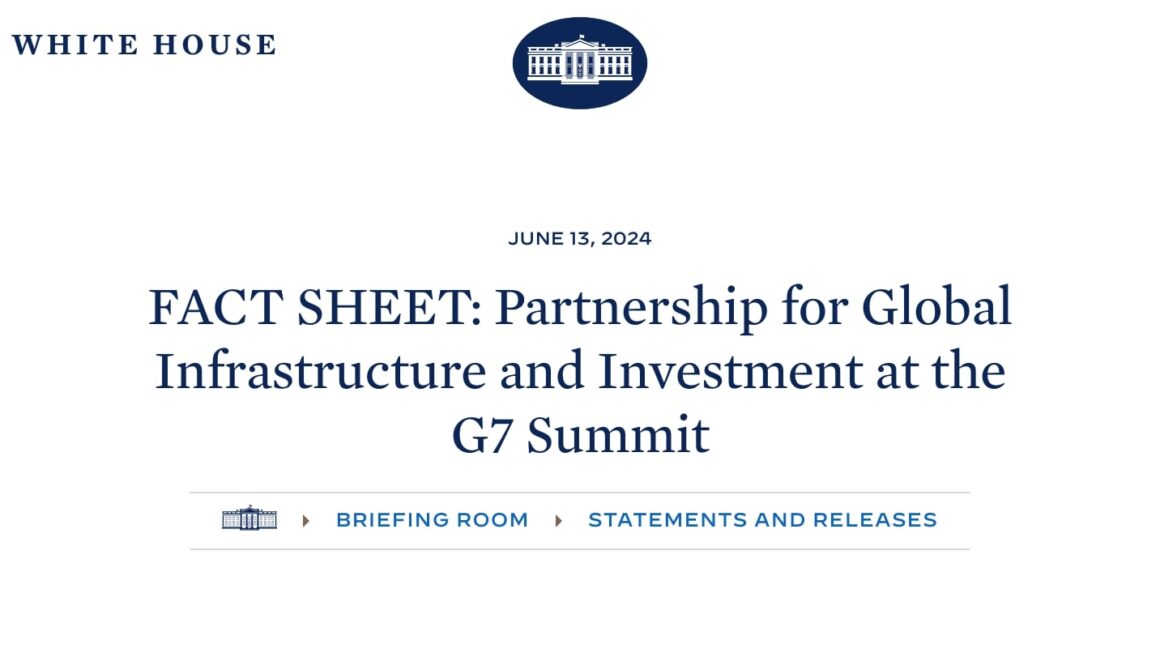China has recently launched a new policy that targets the reserve status of the US dollar by promoting its own currency, the yuan. The policy is aimed at reducing China’s reliance on the dollar, which is currently the dominant global currency used in international trade, investments, and foreign exchange reserves.
Introduction
China’s new yuan policy aims to diversify the country’s foreign exchange reserves by promoting the use of the yuan in international transactions. This move is in line with China’s long-term goal of achieving financial independence and reducing its dependence on the US dollar. In this article, we will discuss the implications of China’s new yuan policy and its potential impact on the global financial system.
Background
Since the end of World War II, the US dollar has been the dominant currency used in international transactions, investments, and foreign exchange reserves. This has given the United States enormous financial and economic power, as it can print dollars to finance its deficits and debts, and control the global financial system through the Federal Reserve.
However, in recent years, many countries, including China, have expressed concern about the risks of relying on the US dollar. These risks include the volatility of the dollar’s exchange rate, the potential for the US to use the dollar as a political weapon, and the risk of inflation caused by the excessive printing of dollars.
China’s New Yuan Policy

In response to these concerns, China has launched a new policy aimed at promoting the use of the yuan in international transactions. The policy includes several measures, such as:
1. Increasing the yuan’s share in the IMF’s Special Drawing Rights (SDR) basket
China has been pushing for the inclusion of the yuan in the SDR basket, which is a basket of currencies used by the International Monetary Fund (IMF) to determine the value of its own currency, the SDR. In 2016, the yuan was included in the SDR basket for the first time, with a weight of 10.9%. China is now pushing to increase the yuan’s weight in the SDR basket, which would increase the currency’s international prestige and use.
2. Promoting the yuan as an alternative to the US dollar in international trade
China is promoting the use of the yuan in international trade by signing currency swap agreements with other countries, allowing them to use the yuan for trade transactions. This reduces the need for these countries to hold US dollars, which reduces their exposure to the risks associated with the dollar’s exchange rate and inflation.
3. Encouraging the use of the yuan in global financial markets
China is encouraging the use of the yuan in global financial markets by allowing foreign investors to invest in Chinese stocks and bonds using the yuan, and by allowing Chinese companies to issue bonds denominated in yuan in global markets.
Implications for the Global Financial System
China’s new yuan policy has significant implications for the global financial system. If successful, the policy could reduce the dominance of the US dollar in international transactions and weaken the US’s financial and economic power. This would give China and other countries more influence in the global financial system, and could potentially lead to a more multipolar world.
However, there are also risks associated with China’s new yuan policy. If the yuan becomes too dominant, it could lead to a less stable global financial system, as the yuan’s exchange rate and inflation could become more volatile. Additionally, the policy could lead to increased geopolitical tensions, as the US and other countries may view China’s push for a more multipolar world as a threat to their own interests.
Conclusion
China’s new yuan policy is a bold move aimed at reducing the country’s reliance on the US dollar and promoting its own currency in the global financial system.
If successful, the policy could have significant implications for the global financial system and could lead to a more multipolar world. However, there are also potential risks and challenges associated with the policy that must be carefully considered.
In conclusion, China’s new yuan policy is a significant development in the global financial system that could have far-reaching implications for the future. While it remains to be seen how successful the policy will be, it is clear that China is seeking to increase its financial and economic influence in the world and reduce its reliance on the US dollar.
FAQs
- Why is China promoting the use of the yuan in international transactions?
- China is promoting the use of the yuan in international transactions to reduce its reliance on the US dollar and increase its financial and economic influence in the world.
- What are the risks associated with China’s new yuan policy?
- The risks associated with China’s new yuan policy include increased volatility in the yuan’s exchange rate and inflation, as well as potential geopolitical tensions with the US and other countries.
- How is China promoting the use of the yuan in international trade?
- China is promoting the use of the yuan in international trade by signing currency swap agreements with other countries, allowing them to use the yuan for trade transactions.
- Could China’s new yuan policy lead to a more multipolar world?
- Yes, if successful, China’s new yuan policy could lead to a more multipolar world by reducing the dominance of the US dollar in international transactions.
- What is the SDR basket?
- The SDR basket is a basket of currencies used by the International Monetary Fund (IMF) to determine the value of its own currency, the SDR.














